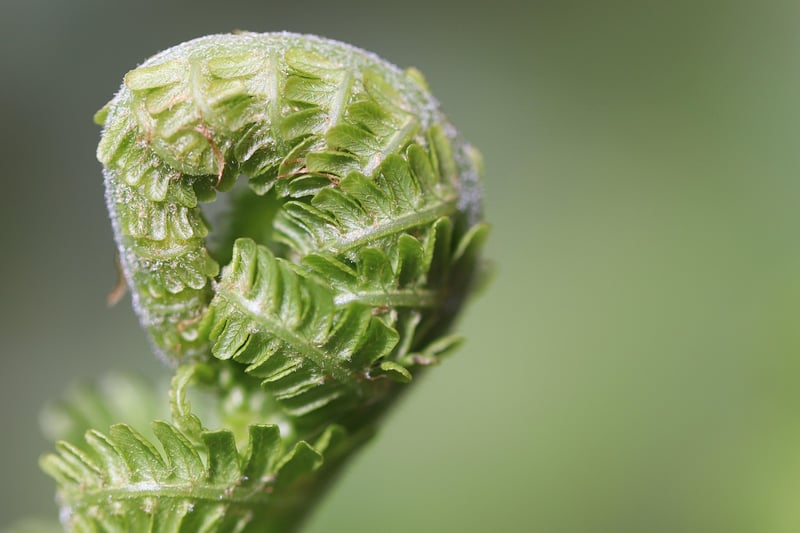Pruning Tips
Essential Plant Maintenance + Pruning Tips
Introduction
Proper plant maintenance is crucial for the health and growth of your garden. Regular pruning is a key aspect of plant care that helps promote new growth, control size, and improve overall appearance. In this article, we will explore essential plant maintenance practices and provide valuable pruning tips to keep your plants thriving.
1. Tools for Plant Maintenance
Before you start pruning, make sure you have the right tools. Essential tools for plant maintenance and pruning include:
- Pruning shears
- Loppers
- Hand saw
- Gloves
2. When to Prune
Knowing when to prune is crucial for the health of your plants. Here are some general guidelines:
- Spring-flowering shrubs: Prune after they bloom.
- Summer-flowering shrubs: Prune in late winter or early spring.
- Deciduous trees: Prune in late winter when they are dormant.
- Evergreen trees: Prune in late winter or early spring.
3. How to Prune
Follow these basic steps for proper pruning:
- Remove dead or diseased branches first.
- Prune to shape the plant and remove any crossing or rubbing branches.
- Cut just above a bud at a 45-degree angle.
- For larger branches, use the three-cut method to prevent tearing.
4. Benefits of Pruning
Regular pruning offers several benefits, including:
- Stimulating new growth
- Improving air circulation
- Enhancing plant appearance
- Controlling plant size
5. Conclusion
Proper plant maintenance, including regular pruning, is essential for the overall health and beauty of your garden. By following the tips outlined in this article and staying consistent with your plant care routine, you can ensure that your plants thrive and flourish year-round.

